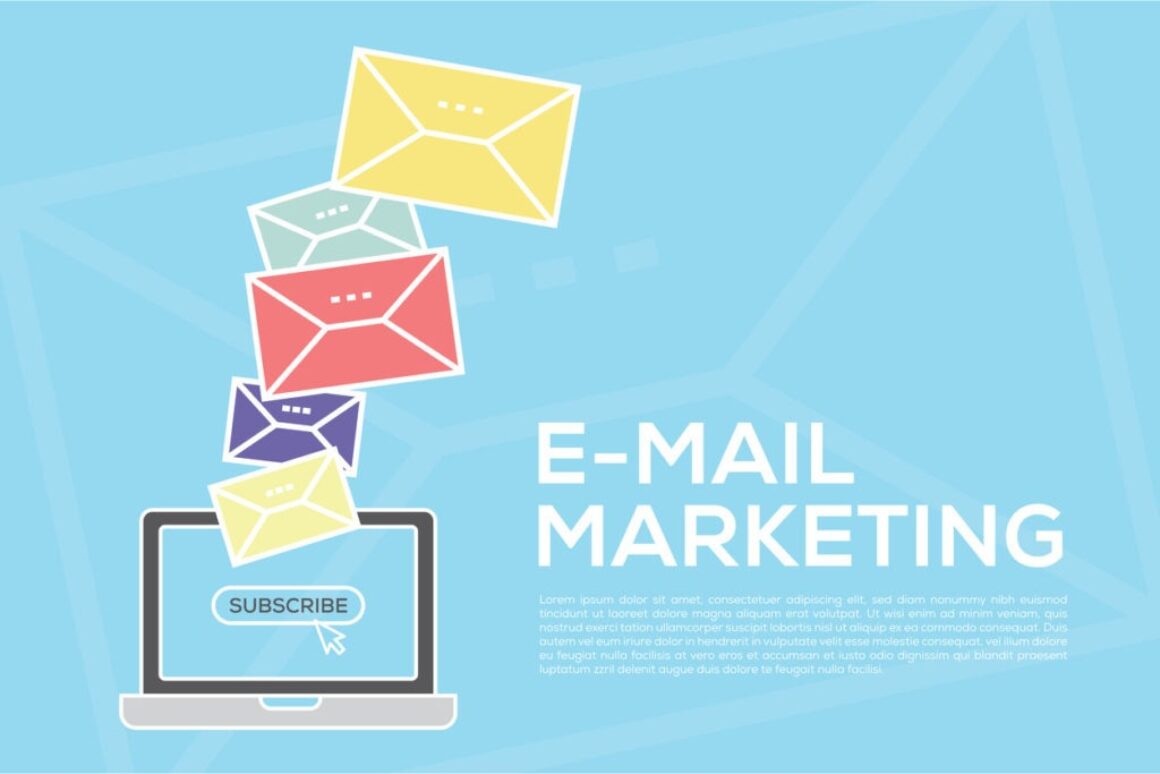8 Email Marketing Tips for Beginners
How to Write Stuff That People Want to Read
Email. The digital marketing tactic that just won’t go away. Experts have been calling for its death for years. And yet, here it is, still generating a 44:1 return on investment, according to one study.
How you get there is a different story. The average person receives more than 100 emails every single day, and let’s be honest: many of them are garbage. They’re spam, and if they even make it into your inbox, you probably won’t read them.
That means you have to walk a fine line. On the one hand, email marketing has the potential to drive much of your digital success. On the other, when you go wrong, things go bad quickly. To find the middle, consider these 8 email marketing tips that help even marketing beginners write stuff people actually want to read.
1) Prioritize Your Subject Line
In many ways, your subject line is the most important piece of your email. It helps your audience figure out whether they want to open, ignore, or report your message as spam. You simply have to get it right if you want to give your email a chance.
Getting it right, above all, means:
- Keeping your subject line short, preferably around 40 characters or fewer.
- As well as you can, describe the content of the email in the subject line.
- Keep your subject line actionable, with an obvious next step framed as an action verb.
A number of subject line testers can help you make sure an option that sounds good to you actually works well for your recipients.
2) Understand How Your Audience Sees Your Email
In looking at their inbox, your audience considers the subject line and everything around it. Your role is to optimize these factors:
- A subject line around 40 characters doesn’t get cut off, even on small mobile screens.
- An email sent from a personal account instead of a generic company address receives more opens.
- Preview text, optimized through your email software, acts as a subheader and explainer of the subject.
More than 60% of your audience now opens email on a mobile device. How they see your emails will differ from desktop users. Make sure you preview your emails in the screens sizes your audience is most likely to use, even as you pay attention to the above.
3) Personalize Where You Can
In modern email marketing, personalization is absolutely key. It’s your best chance to stand out from the crowd of spam. It improves open, click-through, and conversion rates. Personalizing your sender is one thing; ideally, you have to go deeper.
Use as much of the information you have about your recipients as possible. Work their first names into subject and address lines. Build custom content blocks based on user location or other information you’ve captured in your database. The closer you can get to a 1:1 conversation, the better.
4) Make Sure You Only Send to Relevant Audiences
Part of personalization is making sure that your audience actually receives messages that are relevant to them. Potential and current customers will probably look for something very different. So will two different demographic segments within your target audience.
To satisfy their wish, stay away from sending a single message to your entire recipient list. Instead, find common segments and build more targeted messages specifically for them. You’ll see your response and conversion rates skyrocket as a result.
5) Keep Your Emails Short and Skimmable
It’s tempting to go long. Unfortunately, it also drives down your success rate. Instead, keep your emails between 50 and 125 words to make sure your audience reads them through to the end.
Let’s face it: even then, most recipients won’t read every word. Instead, keep your emails skimmable with strategic bolding, short paragraphs, and bullets. The easier it is to grasp your core concept, the better.

6) Keep Your Content Focus Singular
What all should an email cover? Ideally, the answer is a single topic. Years ago, the landing page experts at Unbounce defined Attention Ratio as the number of links available compared to your desired conversion goals. The ideal ratio is 1:1. Today, that principle holds just as true for emails.
Think about it. The more ways you pull your audience, the less likely they’ll be to take the action or internalize the takeaway you actually want them to take. Chances are, you’re building individual emails with a single marketing goal in mind. Your task is to make sure that every part of your email actually follows that singular goal.
7) Always End with a Call to Action
Consider this an expansion of the previous tip. Just as your emails need a single purpose, they also need a call to action that drives towards that purpose.
Ideally, that call to action is reflected in some way throughout the various elements of your email:
- In your subject line, in form of the action verb.
- In your body copy, through highlighting the benefits of taking the action.
- In a visual that showcases those same benefits.
- In a button with the action words, functioning as a link to the next step.
8) Track Your Emails to Find Improvement Opportunities
Finally, never underestimate the potential power of email metrics. They’re at once your benchmark and guidepost. They help you understand whether you’ve reached a campaign goal, while also unearthing potential future opportunities.
Most email software tracks open and click rates along with unsubscribes. These three alone can tell you how your emails are performing, and how well they’re received. It doesn’t have to end there. Through additional software like Google Analytics or HubSpots, you can track conversions and web actions as a result of visits from emails. Armed with that information, you can draw conclusions on what emails work, what audience segments respond most to emails, and much more.
Taking the First Steps to Master Email Marketing
Email marketing is perhaps the most far-reaching tool in digital marketing. It’s easy to implement, but difficult to master. Still, once you boil it down, you end up with a few simple tips that unite most great marketing emails and can improve your messaging, as well.
Sure, there are more advanced strategies. Many of them, though, build on these eight principles. Once you have them down, you’re well on your way to leveraging email marketing as a real way to drive attention, conversions, and business growth.




